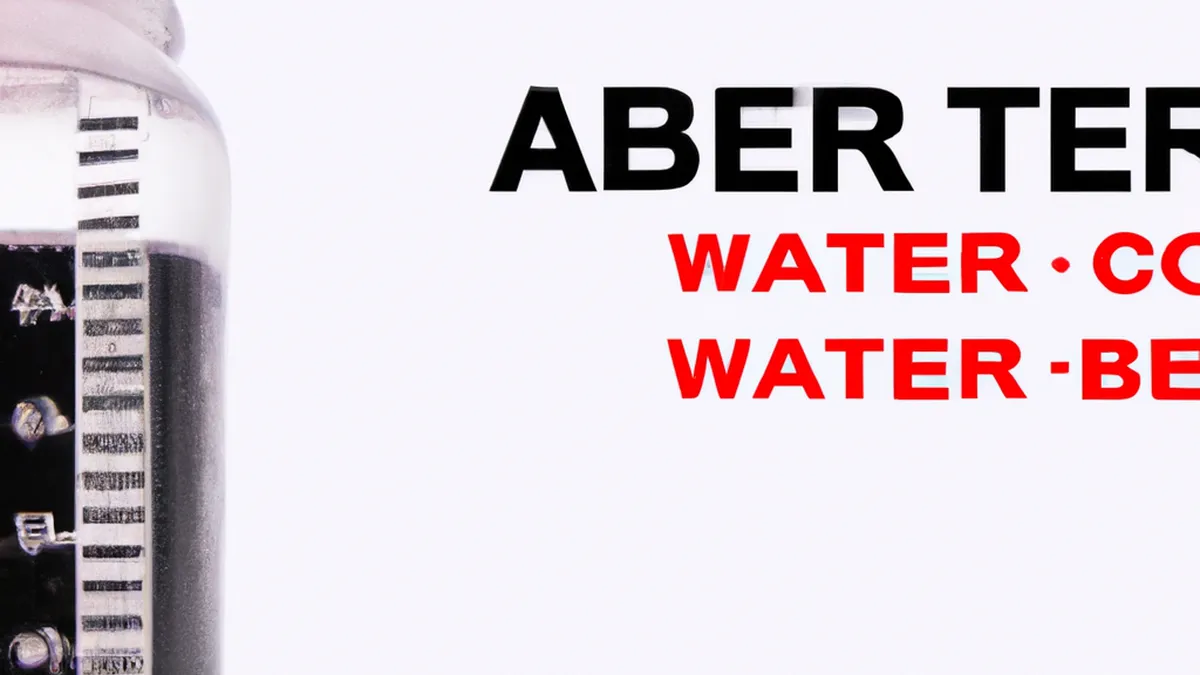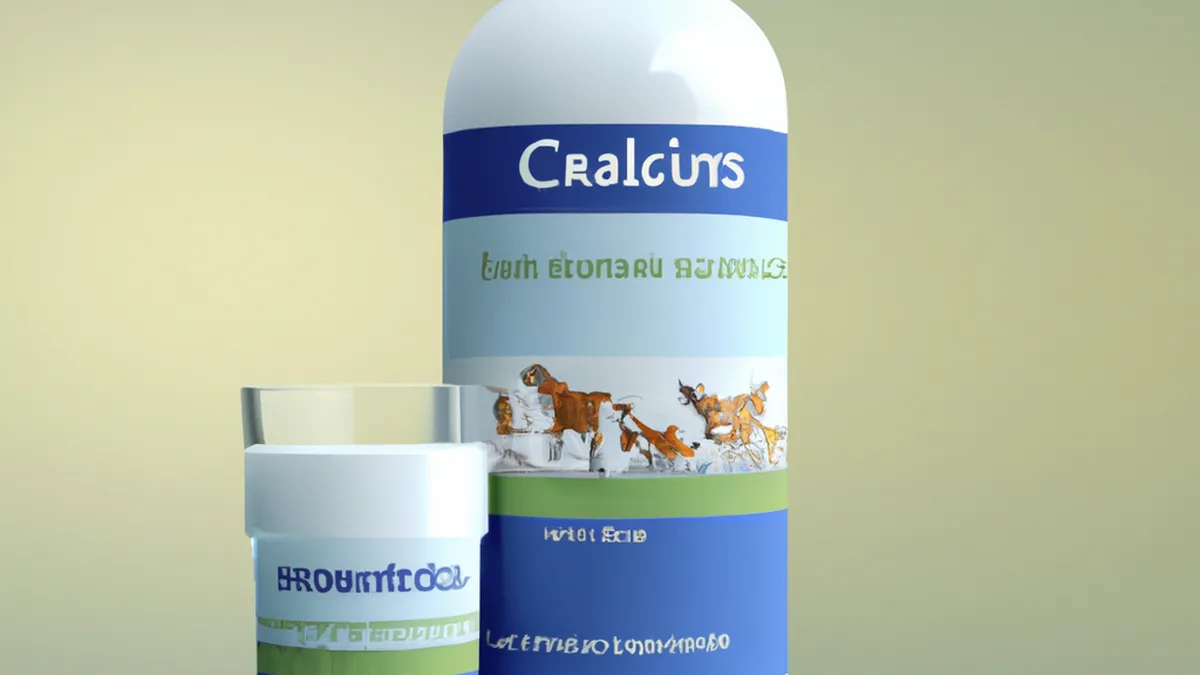Measure Sweat Loss for Better Hydration
Hydration Assessment Using Sweat TestsHydration is crucial for health, athletic performance, and well-being. Athletes often overlook hydration’s importance. Mild dehydration can impair performance, cognitive function, and recovery. Sweat tests assess hydration levels accurately, offering insights into fluid and electrolyte needs. This article explores effective use of these tests, their types, benefits, and result interpretation.
What Are Sweat Tests?
Sweat tests measure water and electrolyte loss through sweat. They reveal an individual’s hydration status comprehensively. These tests show unique sweating profiles based on genetics, acclimatization, exercise intensity, and environmental conditions.Typically, a sweat test collects sweat samples during exercise. A controlled environment, like a lab, ensures accuracy. A trained professional oversees the process, collecting samples from specific skin areas. They analyze samples for sodium, potassium, chloride, and other electrolytes.
Types of Sweat Tests
Several sweat tests exist, with two common types: iontophoresis and absorbent patch methods.1. **Iontophoresis Method**: This method uses electrical current to stimulate localized sweating. Technicians collect and measure the sweat. They analyze it for electrolyte content, revealing unique sweat composition.2. **Absorbent Patch Method**: This method places a sweat-collecting patch on the skin during physical activity. The patch absorbs sweat during exercise. Laboratory analysis reveals the sweat’s electrolyte composition, showing fluid and electrolyte loss.Both methods offer advantages. Your choice may depend on resources, hydration goals, and test context.
Benefits of Sweat Testing
As an Amazon Associate I earn from qualifying purchases.
Gear tip: consider hydration tablets, electrolyte mix, and plant protein powder to support this topic.
Sweat tests provide numerous benefits for athletes, fitness enthusiasts, and anyone wanting optimized hydration:1. **Personalized Hydration Strategy**: Sweat testing allows individuals to create personalized hydration plans. Understanding your sweat composition tailors fluid intake to meet specific needs, ensuring optimal hydration during training and competition.2. **Enhanced Performance**: Dehydration impairs physical and cognitive functions, reducing performance and increasing fatigue. Knowing your hydration needs helps prevent performance declines and maintains peak capabilities.3. **Prevention of Heat-Related Illnesses**: Proper hydration prevents heat-related illnesses.
Conclusion
In summary, sweat tests offer valuable insights into hydration needs, enabling individuals to optimize their hydration strategies effectively.
Below are related products based on this post:
FAQ
What are sweat tests?
Sweat tests measure water and electrolyte loss through sweat, providing a comprehensive view of an individual’s hydration status. They reveal unique sweating profiles influenced by factors such as genetics, acclimatization, exercise intensity, and environmental conditions.
What are the types of sweat tests?
There are several types of sweat tests, with the iontophoresis and absorbent patch methods being the most common. The iontophoresis method uses electrical current to stimulate sweating, while the absorbent patch method collects sweat through a patch during physical activity for later analysis.
What are the benefits of sweat testing?
Sweat testing offers personalized hydration strategies, enhances athletic performance, and helps prevent heat-related illnesses. By understanding individual hydration needs, athletes can optimize their fluid intake, avoid performance declines, and maintain peak capabilities during training and competition.















Post Comment